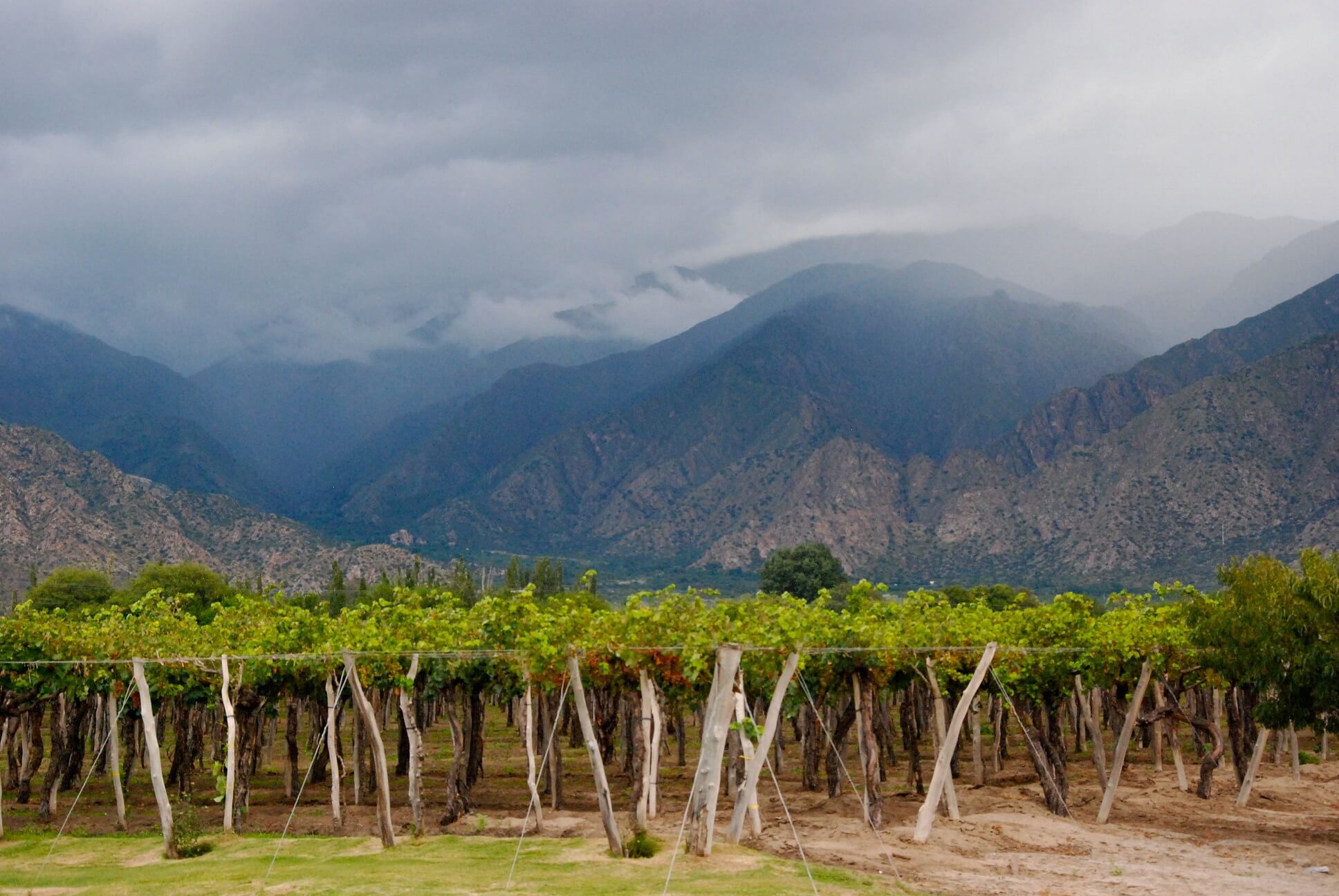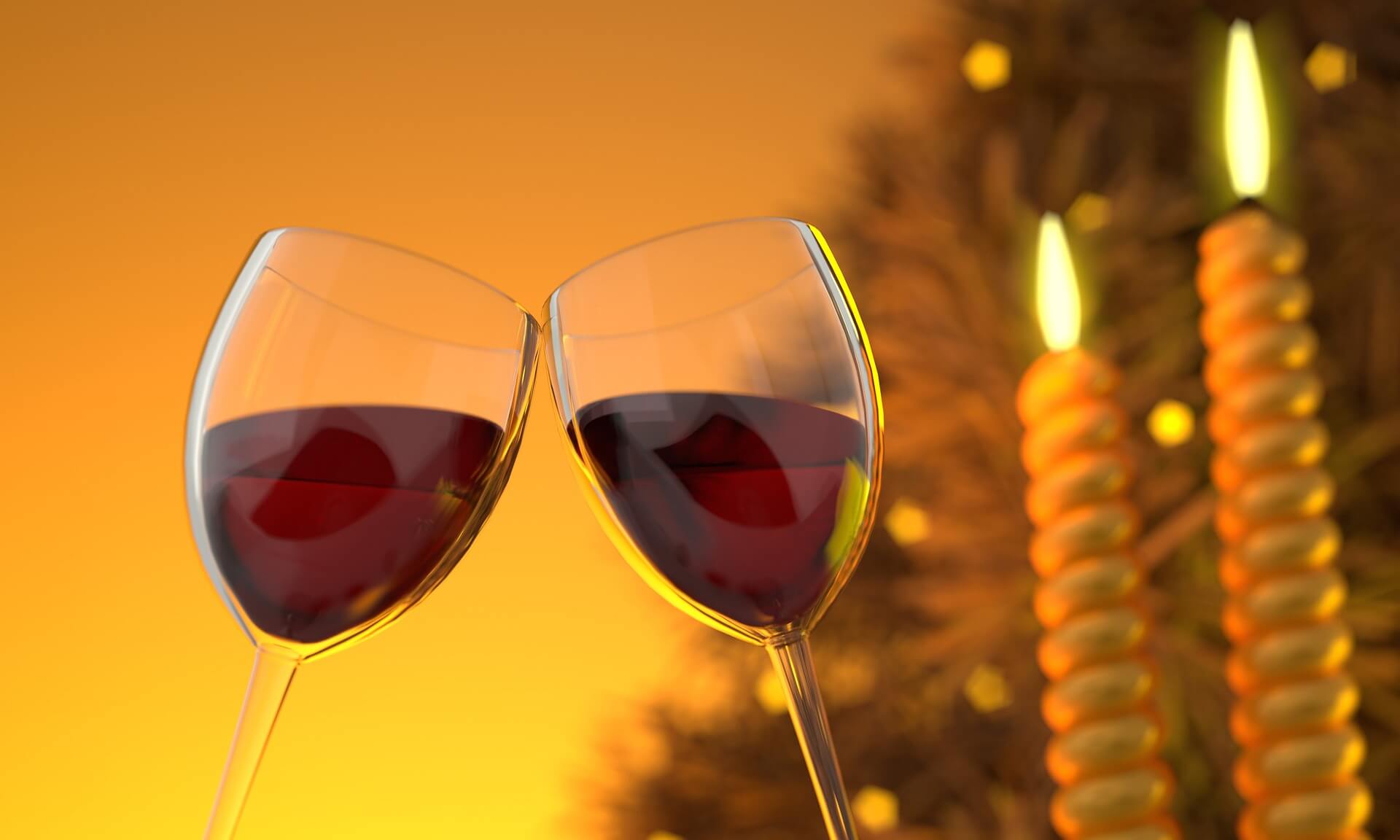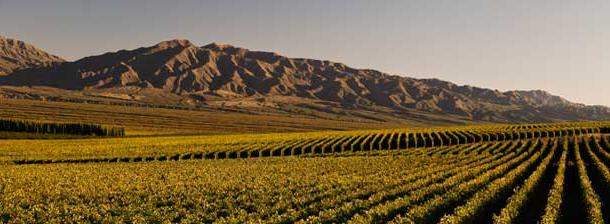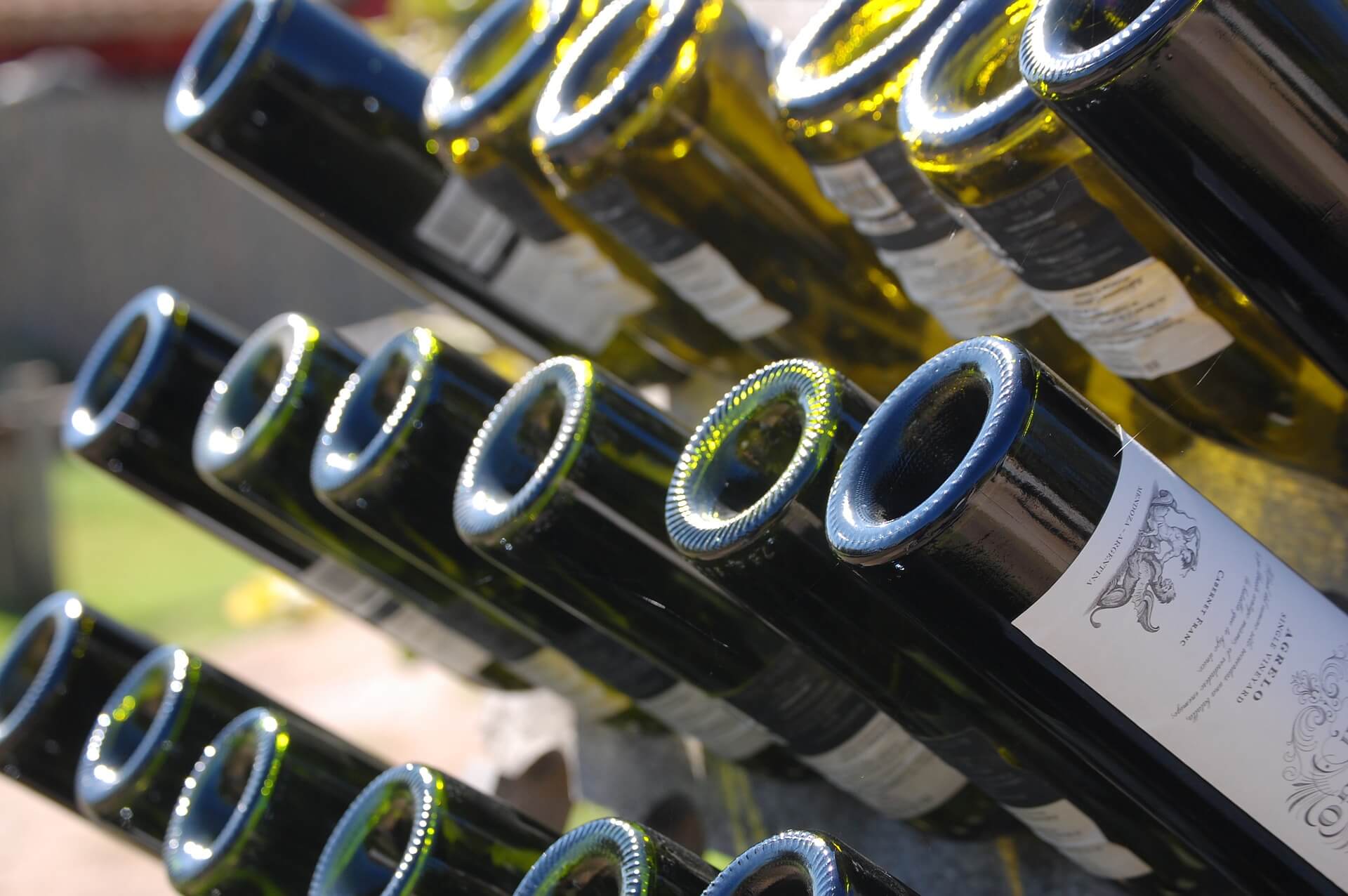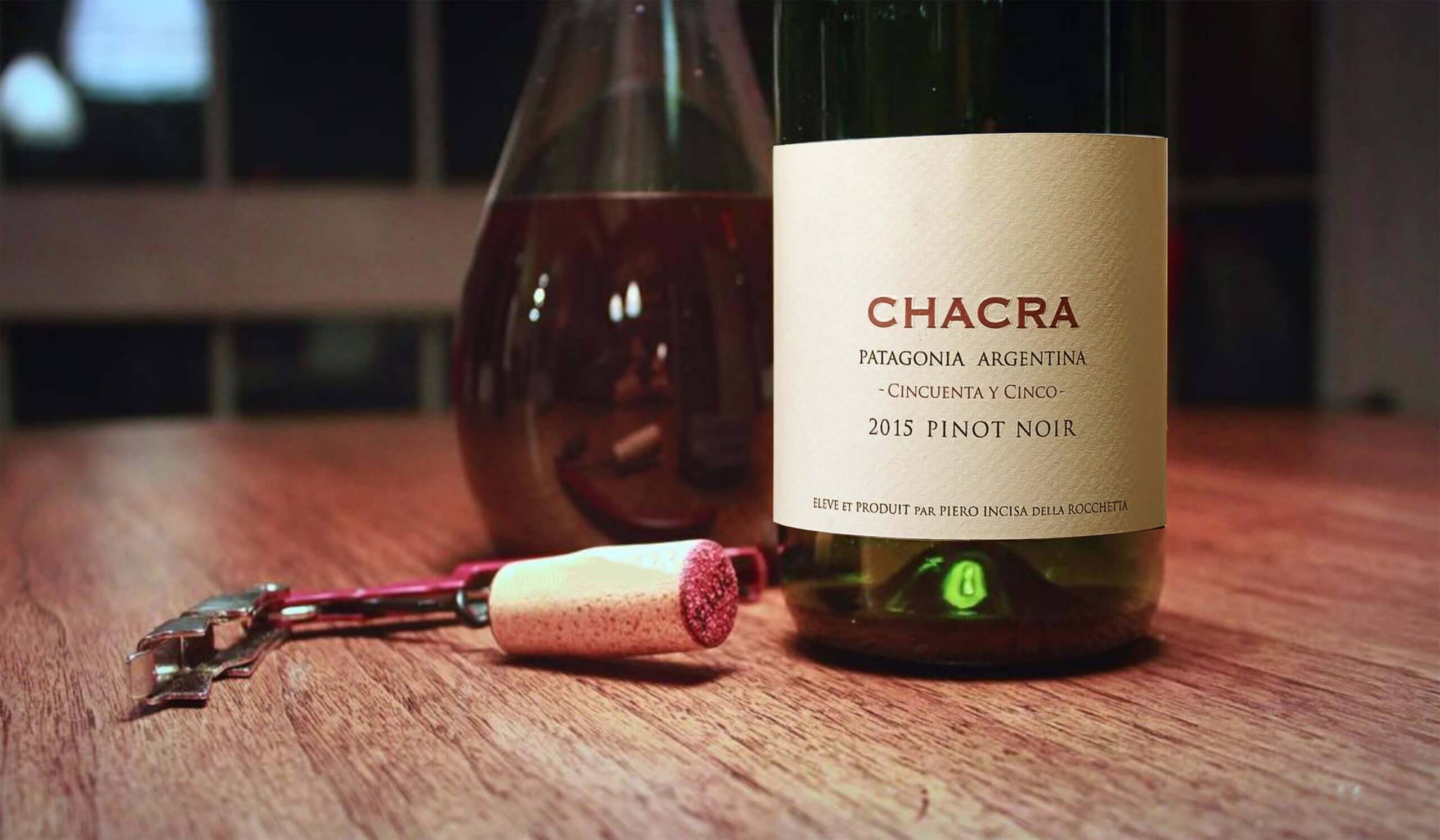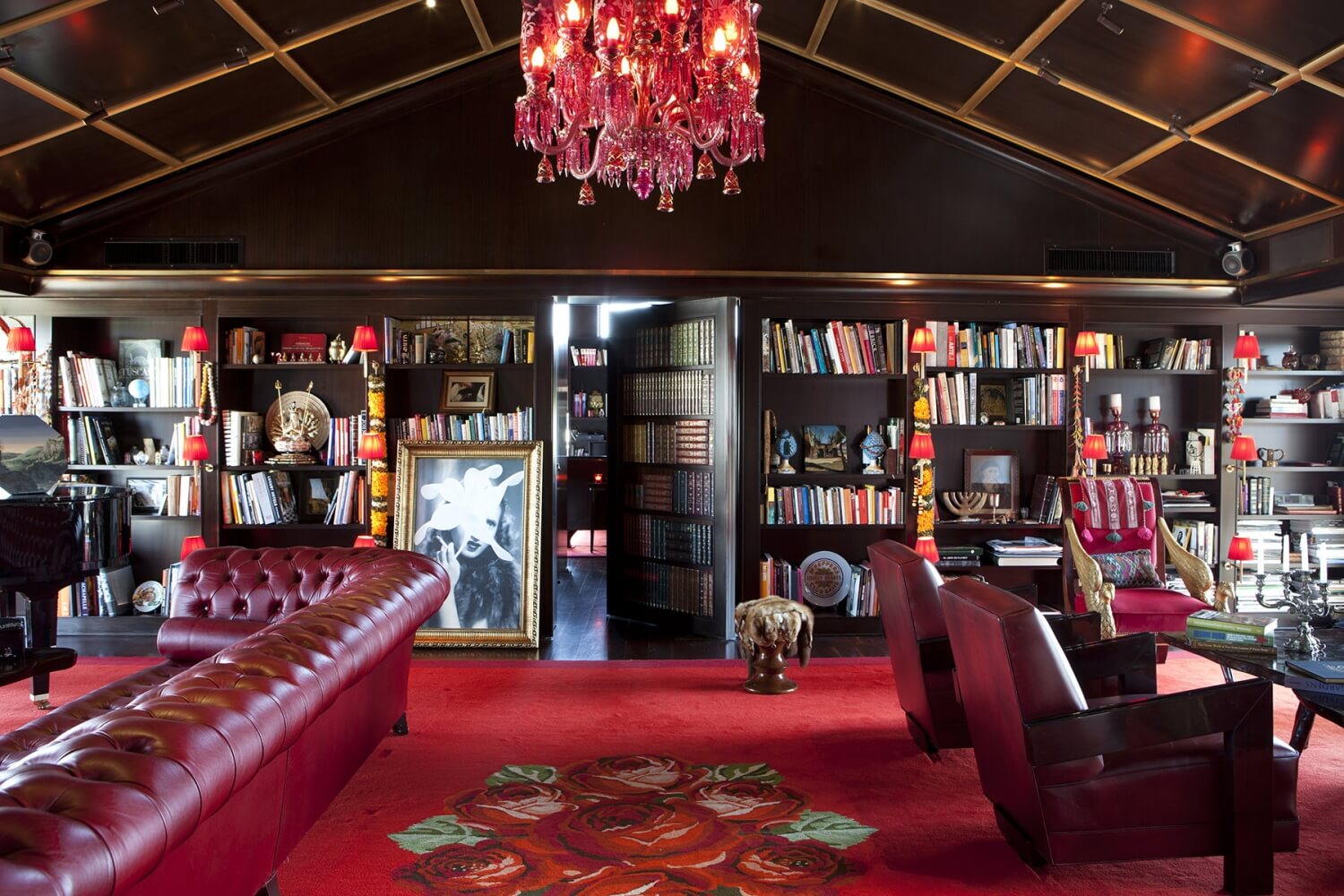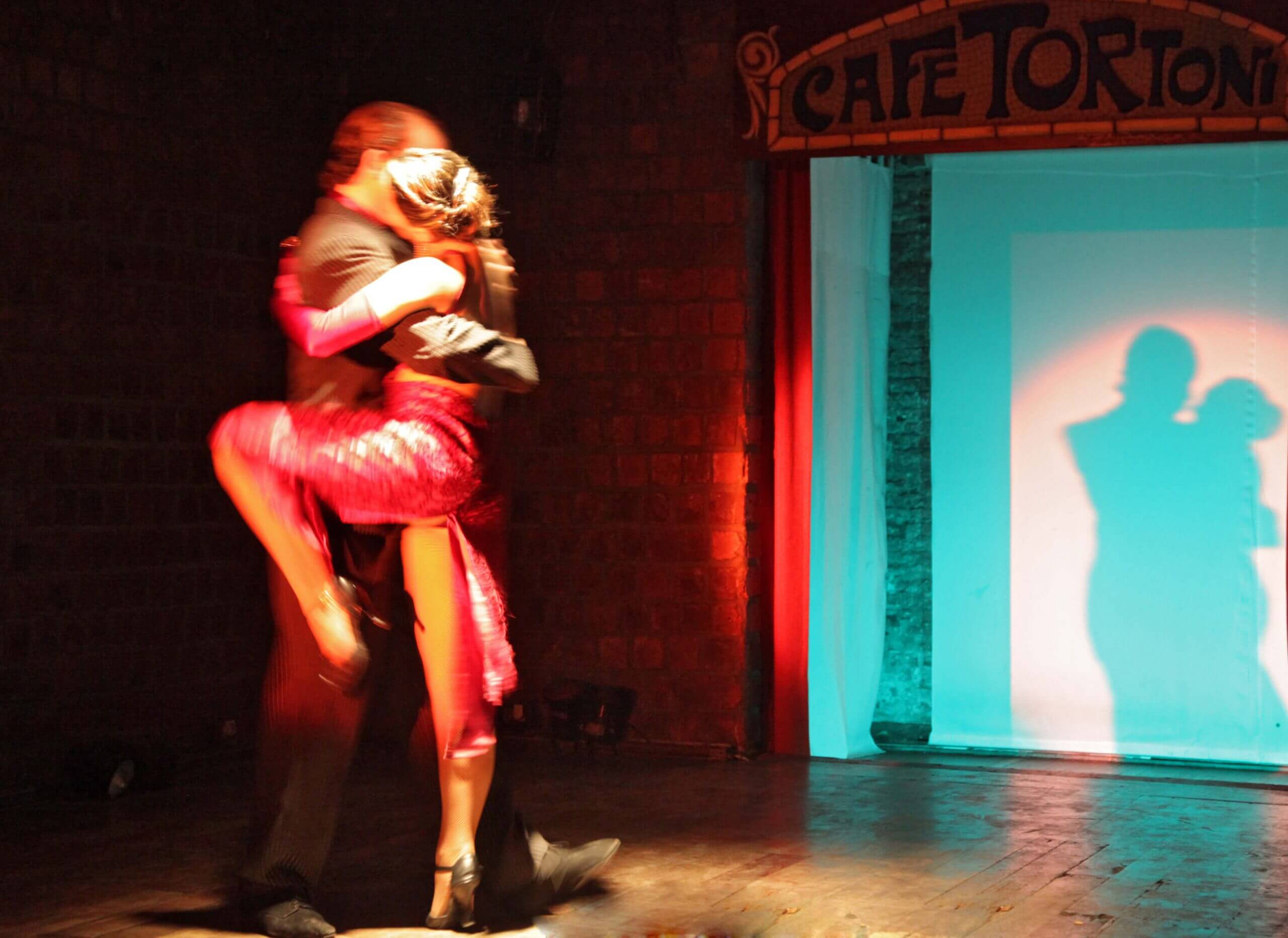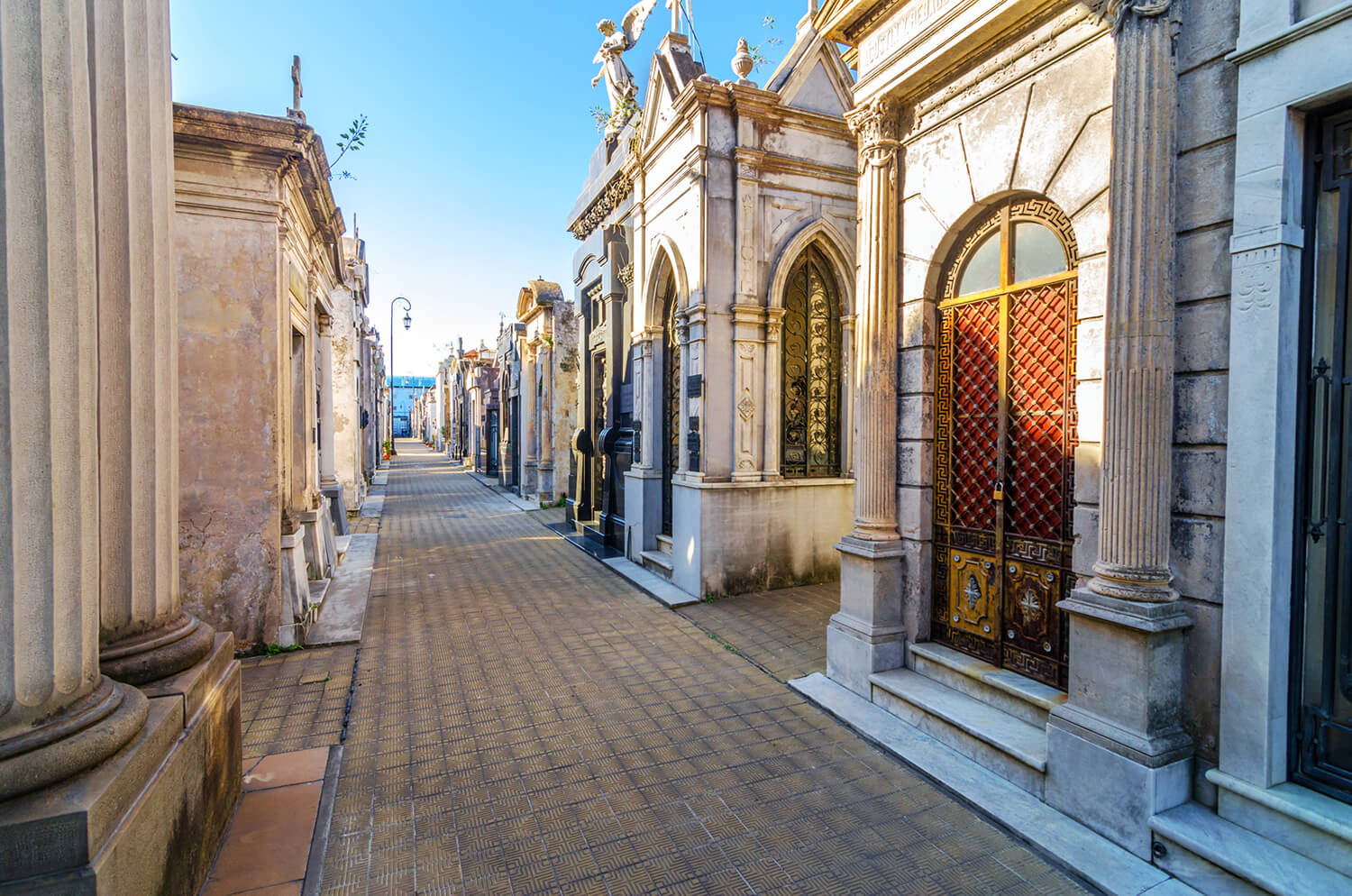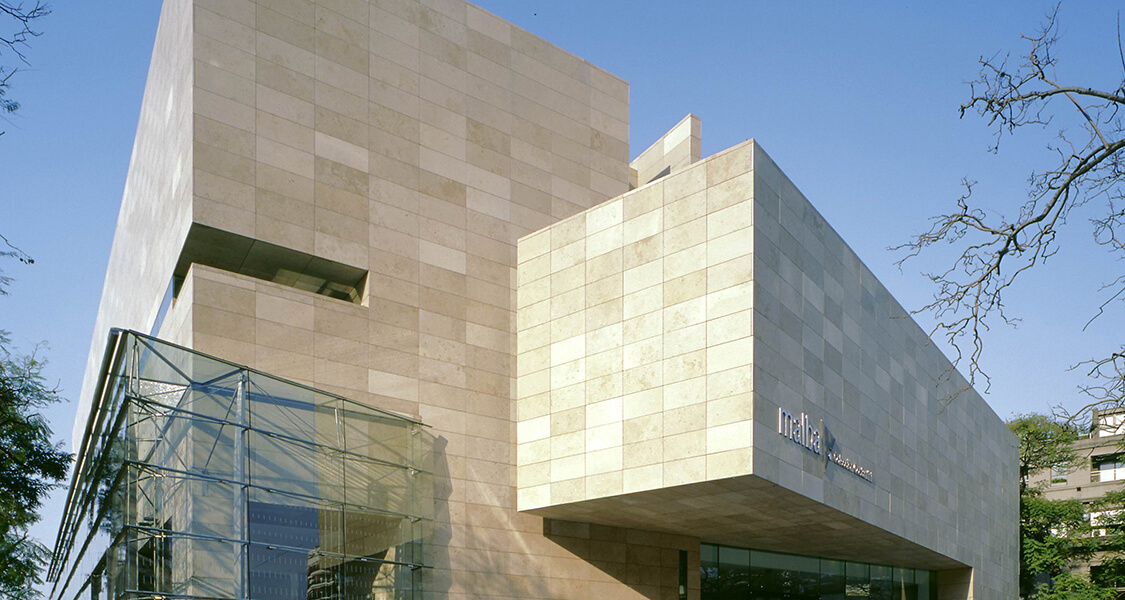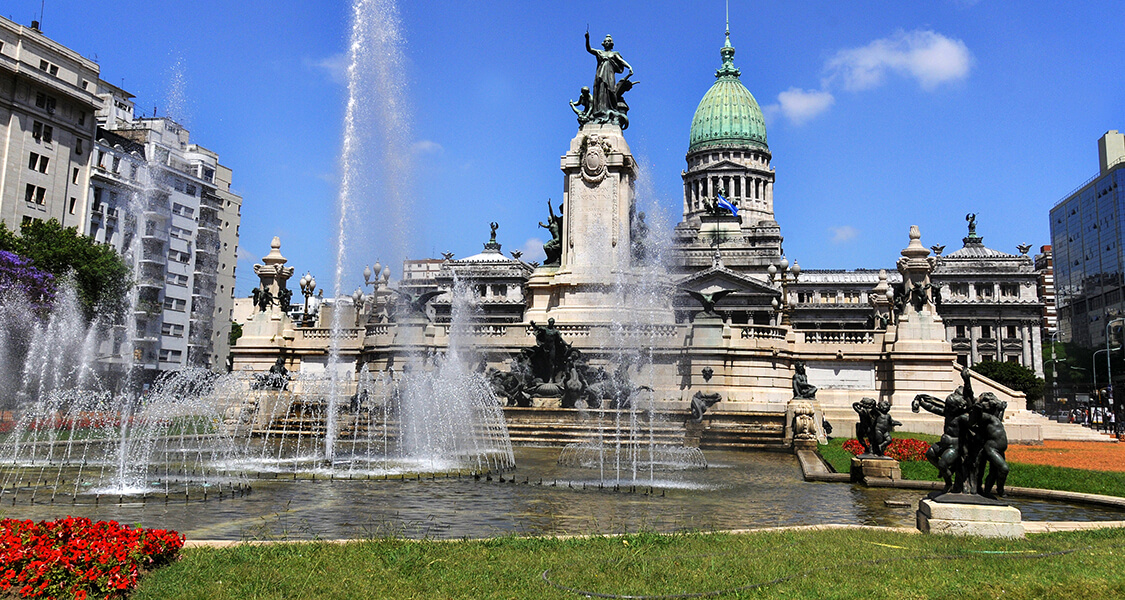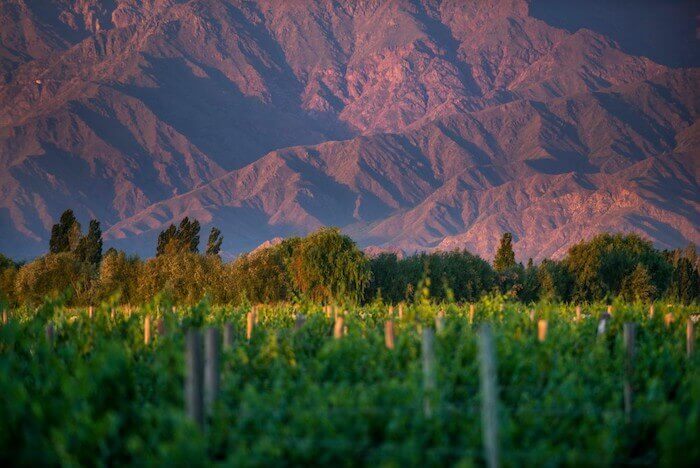
There’s plenty of reasons to visit Argentina. The Andes beckon to hikers, while Buenos Aires calls to culture fans with its vibrant tradition of dance and performing arts. Adventure tourists needn’t look further than the awe-inspiring Parque Nacional Los Glaciares, not to mention the mysterious southern frontier of Tierra del Fuego.
Oh, and then there’s the wine.
There’s no shame in sloshing your way through Argentina, which competes with neighboring Chile for the Western Hemisphere’s best wine. Wine is produced throughout the nation, with each region offering its own flavors and character, not to mention opportunities for adventure beyond the bottle.
So brace yourself: wine-tour is coming.
Salta and the Calchaquies Valleys
Argentina’s mountainous north west is brimming with opportunities for hikers, mountaineers and nature lovers. There’s no better base for exploring this wild landscape than Salta, the tourist hub of the north. Indeed, there’s good reason why locals often refer to this colonial city as Salta la Linda (Salta the Pretty). This well-preserved historic town has a dramatic Andean backdrop, and also happens to be one of the best places in Argentina to catch a glimpse of the country’s indigenous culture.
Wine lovers, however, should beeline for the nearby Calchaquies Valleys, which itself is arguably Argentina’s second largest wine producing region. The region is dominated by the Torrontes grape, which thrives in the cold, dry highlands of Calchaquies. These uniquely Argentine grapes make for whites with extraordinarily smooth textures and mild aromas. Expect aromas of peach and apricot that are perfect for fans of gentle, soft whites.
While you’re in the region, don’t miss the wine town of Cafayate, which is as mellow as a glass of Torrontes. While ideally you’ll want to rent a car to get the most out of the wide expanses of wilderness here, it’s easy enough to soak up the scenery on foot or by bike. Bicycle tours are wildly popular for a reason, and from Cafayate you can cycle between vineyards, stopping occasionally to sample those easy-to-drink Torrontes. Motorists and the more ambitious cyclists should consider hitting up either the Quebrada de Cafayate or Quebrada de Humahuaca – both of which are easily among the best drives in the country.
Also in the north west, Catamarca is far less established than Calchaquies and its surroundings. Until around a decade or two ago, this region was primarily known for producing raisins, with high quality wine grapes being largely out of the question for this remote region for most of its history. Dry, bleak and rocky, Catamarca just never seemed to be able to catch up to its bigger vino siblings, Salta and La Rioja. That all began to change a generation ago, when viticulture began to take root along the shoes of the Abaucan River. The tough, arid conditions in this distant corner of the country mean that vines produce few clusters, resulting in extremely limited harvests. However, it also means that the few grapes that do grow are of particularly high quality.
As with Salta, Catamarca is good for Torrontes, but the real reason to adventure out here is for the outrageously rich Syrah.
While Salta likes to claim it’s Argentina’s second largest wine growing region, San Juan churns out roughly the same amount of the good stuff. Whichever claims the silver medal in terms of raw output, it’s indisputable that San Juan is home to Argentina’s most elite wines. Hot and dry, San Juan has traditionally been known for its high quality (and high priced) reds, particularly Syrah and Bonarda (Charbono). Nowadays, however, Malbec and Viognier are gradually replacing the past generations of Bonarda and Syrah, making for an increasingly diverse region. Whatever you go for, expect intensity; San Juan is all about concentrated, almost overwhelmingly flavorful reds.
If you can drag yourself away from San Juan’s vineyards and wine bars for a day, do yourself a favor and check out the Ruta del Olivo. This popular tourist trail takes visitors on an adventure through the region’s other major industry, olive oil. Along with a lively museum, you can also visit the olive farms and factories to see every step in the oil manufacturing process.
Argentina’s most well-known wine region consists of the twin districts of Valle de Uco and Lujan de Cuyo, and boasts over 300,000 hectares of glorious vineyards stretching from the base of the Andes to the far horizon. Over 1,200 wineries call Mendoza home, including many of the country’s most recognizable names, like Carmelo Patti and Clos de los Siete. Expect a massive variety, from Cabernet Sauvignons to Merlots, Torrontes to Malbecs.
Avid fans of Argentine wine should start at Bodega Catena Zapata and its unique, pyramid shaped winery surrounded by vines. This is the winery that put Argentine wine on the map in the early 20th Century, and their tours are some of the most informative in the region. The nearby Bodega Salentein likewise is steeped in history, and their vast underground cellar is worth a visit in and of itself. While you’re there, consider taking a side trip to Cacheuta in Lujan de Cuyo for the Parque de Aqua Termal. After a day of sampling the local produce, there’s no better way to mellow out than in the local thermal springs.
Located in the mid-south of the country, Rio Negro is the southern-most frontier of the Argentine wine world. Considerably cooler than other wine regions listed here, this is a land of Patagonian wilds centered around the river of Rio Negro. This river is created by meltwater from the Andes, which was exploited in the early 19th Century by British colonists. These pioneers dug out a network of canals on the flanks of the river, carving out a stretch of green in the otherwise harsh desert environment. Along with apples and pears, the region also produces grapes ideal for Sauvignon Blanc, Malbec and Pinot Noir. Of note are the whites here, which tend to feature unique, mineral-esque aromas that you won’t find anywhere else. This is especially true of the Sauvignon Blancs and Semillons. Bear in mind that viticulture is relatively new here, and as such wine tourism infrastructure is much more limited than what you’d expect from the likes of Mendoza, San Juan and Salta. You’ll also need a car, as distances between wineries are pretty considerable around here.
To travel the vast distances of this region, consider using the provincial capital of Neuquen as a base of operations. There isn’t too much to do here, though the Museo Nacional de Bellas Artes is worth a few hours of your time before you head out to the vineyards. In terms of wineries, Bodega Charca, Bodega Humberto Canale and Patagonia Vinos are all worth visiting.
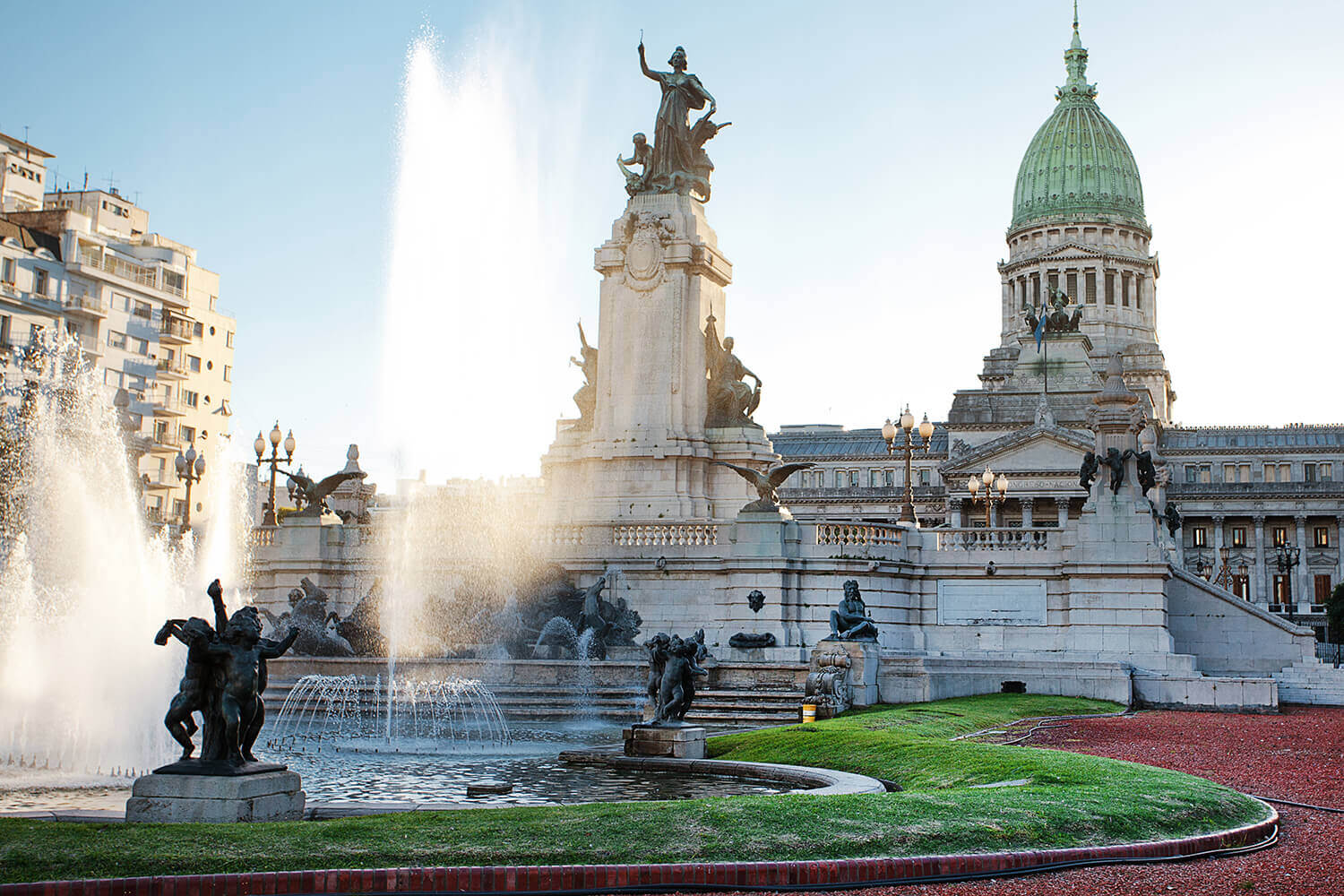
To start off, let’s check into the Faena Hotel, the highest ranked hotel in Buenos Aires. It “projects a low profile, but the interiors of the luxury hotel are bathed in rich reds and black marble, creating a sexy, dramatic ambiance,” says Forbes Travel Guide. Designed by the renowned Philippe Starck, “it’s the kind of place where you might easily find yourself sharing an elevator with Sting,” says Travel + Leisure. Rates start at $357 a night.
After you explore the hotel amenities, which include two on-site restaurants, a lounge that stays open late into the night, and swanky pool area, it’s time to see the neighborhood. The Faena Hotel is located in Puerto Madero, a waterfront district that buzzes with activity. “Sleek office buildings reach into the sky, trendy restaurants are filled with well-heeled locals, and a number of celebrities own places in the hood’s high-rise apartment buildings,” details Forbes Travel Guide.
After a walk along the Rio de la Plata, it’s time to head to Café San Juan, in the nearby neighborhood San Telmo. Getting there is easy: while Uber is still not available in Buenos Aires, Easy Taxi is an app that works the same way and is available throughout most Latin American countries. It accepts all major credit cards, and is available in most languages.
An Easy Taxi ride to Café San Juan will cost under $2.00 no matter the time of day. Just ten minutes away from the Faena Hotel, this family-run restaurant is where locals and tourists gather, and it would be wise to make a reservation. “During the daily lunch rush, chef Leandro Cristobal fashions inventive tapas and pastas from the likes of sun-dried tomatoes, brie and seasonal vegetables, while his mother pours the wine,” says Time Out. A meal here averages $30, including a glass of wine, but keep in mind that it’s a cash-only venue.
It’s now time to visit the city’s most famous landmark, Argentina’s National Museum of Fine Arts, or el Museo Nacional de Bellas Artes. An Easy Taxi from Café San Juan ($3) will drop you off in front of this impressive structure, in the heart of the posh Recoleta neighborhood. It’s open from Tuesday til Saturday, and admission is free. According to Travel + Leisure, “the best part of the museum is the Argentinean art—the most extensive collection anywhere. Apart from its intrinsic beauty, the collection gives a peek into life over the centuries, from the Italian immigrants of La Boca (an industrial port) to frontier life on the pampa.”
After touring the museum, you can view the sunset in the middle of the city’s Plaza de Mayo. Another $3 cab ride will take you to downtown, which houses the political institutions in the country. Surrounded by old neoclassical buildings, the plaza is filled with energy and history.
Once again, it’s time for a bite. Argentina is best known for its beef, and La Cabrera, is the place to taste some. Nestled in the Palermo neighborhood (a $4 cab ride from Plaza de Mayo), La Cabrera is also popular for argentines and tourists alike, so it is best to make a reservation. “Stick with classics from the grill, like sweetbreads, ribeye, short ribs, and stuffed pork bondiola (shoulder),” recommends Frommer’s. Dinner here will be just under $20.
A trip to Buenos Aires is not complete without a tango show. Luckily, the Faena Hotel has the “Rojo Tango” on at 10 pm. Get back to the Faena for $4 using Easy Taxi and enjoy the show for $17.
A trip to Buenos Aires is not complete without a tango show. Luckily, the Faena Hotel has the “Rojo Tango” on at 10 pm. Get back to the Faena for $4 using Easy Taxi and enjoy the show for $17.
Day one was packed with attractions throughout the city’s most iconic neighborhoods. Day two will be take place mostly in Recoleta and San Telmo, because they’re lovely for strolls. But first, there’s always a need for some good breakfast. Start the day at Café Tortoni. A $2 cab ride will get you there from the hotel, and it happens to be on the way to the next destination. Tortoni is an institution in Buenos Aires, with a charmingly ceremonial feel given its fame of attracting famous authors. “If there’s a spiritual, intellectual, and historical epicenter to Buenos Aires, this is it,” says Concierge. And coffee here is really good too.
Buenos Aires is huge, but walking the city’s streets is essential to captivate the porteño (as locals are called) essence. The best area to walk in is Recoleta, just a $2.50 Easy Taxi ride away. “Elegant houses reminiscent of their Parisian counterparts line the streets of chic Recoleta,” says Michelin.
During the stroll, be sure to check out the Recoleta Cemetery. Just like Père Lachaise in Paris, Buenos Aires is elegant enough that a cemetery can be worth visiting. Travel + Leisure notes that, “with more than 4,700 ornate stone crypts laid out along a streetlike grid, this graveyard is an architectural masterpiece, and an eerie miniature city for the wealthy dead.”
After all that strolling, it’s time for lunch. Luckily, it’s walking distance. The highly recommended Oviedo promises a memorable experience. In a meat-centric city like Buenos Aires, Oviedo is known for offering some of the best seafood. Fodor’s says that, “you can’t go wrong with any of the pristine shellfish dishes. Top it all off with one of the better wine lists in the area and you’re in for a memorable lunch or dinner.” Lunch here can range from $25 – $100.
MALBA and the Plaza Dorrego
It’s now time to say goodbye to Recoleta and head over to the MALBA to peruse some of Latin America’s finest art. An Easy Taxi ride of $1.50 will take you to this museum, which Lonely Planet calls “one of BA’s fanciest.” Some work by the dynamic duo of Mexicans Diego Rivera and Frida Kahlo is on display. General admission is $4.50.
Another quick cab ride ($3.50) will take you to Plaza Dorrego, which will be especially nice at dusk. Known for the vendors, cafes, and tango on its streets, this colorful plaza in San Telmo is best enjoyed on Sundays. According to our experts, San Telmo gives Buenos Aires that bohemian air that somehow works so well next to the posh neighborhoods of Recoleta and Puerto Madero.
While in San Telmo, history buffs cannot miss out on visiting El Zanjon de Granados. Part archaeological museum, part event space, El Zanjon is a restored residence that encapsulates three centuries of urban living. “Expect few visitors and plenty of atmosphere on weekdays; cheaper, shorter tours on Sunday draw far more people,” recommends Fodor’s. Depending on the day, a tour will cost from $11 – $13.
A last meal in Buenos Aires is difficult to choose – the city is filled with great restaurants. The best choice would be Tegui, where ten-course meals are the norm. There’s something for everyone in this Palermo venue that was recently awarded for being amongst the best in Latin America. A $5 ride from El Zanjon will take you to this seemingly discreet façade, which hides high-concept cuisine. Travel+ Leisure recommends the “gnocchi and sweetbreads, rabbit terrine, and very slowly braised lamb.” A meal at Tegui starts at $40.
Take one last Easy Taxi ride to the Faena Hotel for $5 before you enjoy some rest from walking your way through Buenos Aires. While 48 hours is quick, go to bed knowing that you saw the top attractions and ate in the best restaurants while gallivanting through the Argentinian capital. It’s not an easy task to take in a huge city like Buenos Aires in two days, but with this itinerary, it can definitely be done well.
Just another WordPress site
